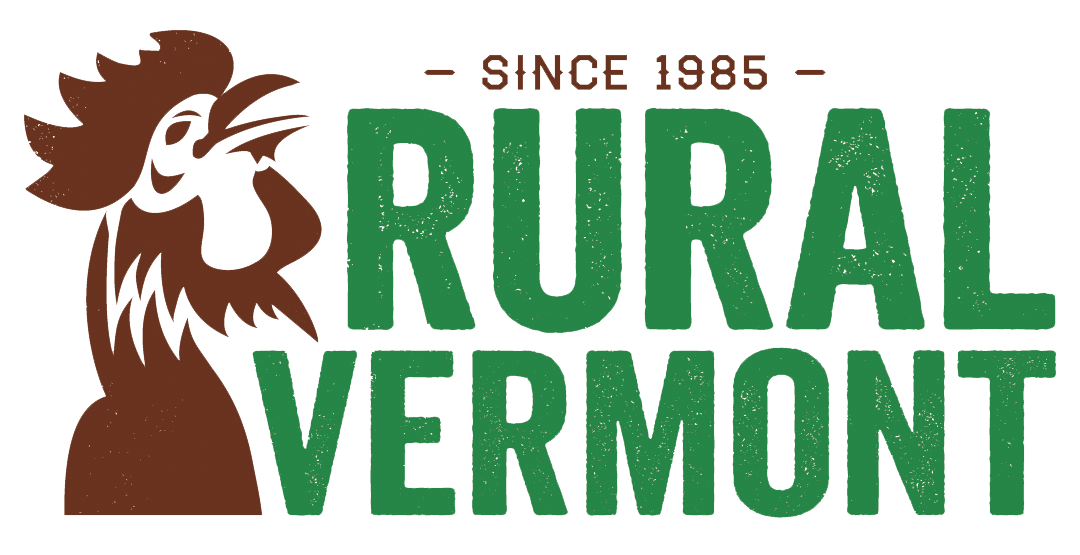Financial Assistance Programs Currently Available to VT Producers:
USDA has reopened sign-up for CFAP 2 for at least 60 days beginning on April 5, 2021.
U.S. Secretary of Agriculture Tom Vilsack announced an expansion of the Coronavirus Food Assistance Program (CFAP) on March 24, 2021. CFAP updates include reopening of Coronavirus Food Assistance Program 2 (CFAP 2), additional payments for eligible cattle and row crop producers, and the processing of payments for certain applications filed as part of CFAP Additional Assistance.
Any individual or legal entity who shares in the risk of producing a commodity may apply for CFAP 2. Under CFAP Additional Assistance, certain contract growers are now also eligible for the program. Producers must be in the business of farming at the time of submitting their application to be eligible. Producers can apply for assistance for only commercially produced commodities. A full list of eligible commodities can be found here.
To complete the application for CFAP 2, producers will need to reference their sales, inventory, revenue, and other records. However, since CFAP 2 is a self-certification program, most documentation will not need to be submitted with the application. Learn more here.
New farms that began farming at the end of calendar year 2019 or later are eligible for CFAP 2 benefits. They are instructed to reach out to their local USDA office for assistance filling out their applications.
No deadline has been set for applications thus far.
Also, check out: NRCS Agricultural Management Assistance (AMA)
The Agricultural Management Assistance (AMA) helps agricultural producers manage financial risk through diversification, marketing or natural resource conservation practices. AMA provides financial assistance up to 75 percent of the cost of installing conservation practices. Producers may construct or improve water management structures or irrigation structures; plant trees for windbreaks or to improve water quality; and mitigate risk through production diversification or resource conservation practices, including soil erosion control, integrated pest management, or transition to organic farming.
AMA offers an additional higher cost-share for historically underserved producers.
Eligible producers must be engaged in livestock or agricultural production, have an interest in the farming operation associated with the land being offered for AMA enrollment, have control of the land for the term of the proposed contract, be in compliance with the provisions for protecting the interests of tenants and sharecroppers, including the provisions for sharing AMA payments on a fair and equitable basis, and be within appropriate payment limitation requirements. Learn more about AMA here.
